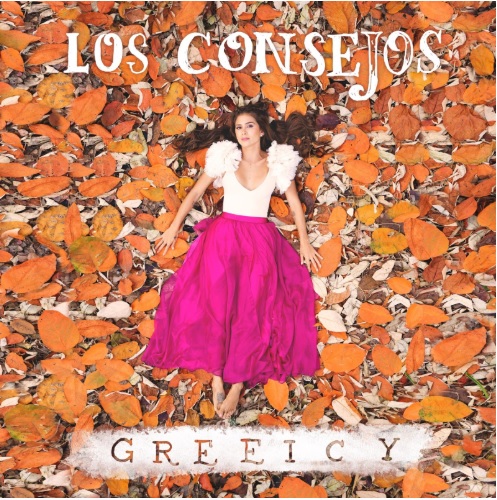Leosbel Jiménez Licea is Hanny the Voice of Cuba
Born on July 8, 1972, Havana Cuba in the Vedado neighborhood. For the love of the songs I used to listen to on the radio at home, the love for music was born, especially for the guitar. That’s why since I was 4 years old all my toys were musical instruments, a drum set, drums, harmonicas, triolas, until I had a little toy guitar with which I used to invent concerts on the balcony of my house, the neighbors would pass by and laugh when they saw me so small believing me to be a star.

Hanny the Voice of Cuba
9 years old, I begin to study the basics of the guitar in the house of culture of the neighborhood at the same time that I was practicing fencing, at the age of 11 I won the national infantile championship of fencing earning me a scholarship to the school of sport incision (Eide) in the city of Havana, school from where many glories of the Olympic and world-wide sport of Cuba have come out.
14 years for disenchantment with the sport life I decide to leave the sport and to concentrate only in the music, in a self-taught way of course, there I begin to write my first songs that were poems that I was musicalizing at the time that I was learning new chords.
At the age of 19 I already had some songs that were sometimes played on some programs of the radio station in the province on the Havana City Radio.
So I was trolling the streets meeting many street artists until one day, an Englishman David Butlle, known as Mr. Bongo, arrived in Cuba in search of an orchestra to produce a record in Britain, a few days before leaving Cuba wanted to buy several albums of Cuban music from the 50s and did not know how to speak Spanish, my friend who passed by helped him with the translation into English, thanked him and told him who he was, my friend told him about my music, then we recorded a demo of 11 songs of my authorship then took them to London.
Between August and September of 1996, I was flying to London to record my first CD titled (Athe Voice of Cuba) production of 11 themes of my authorship and a danzón of the composer Niurka Díaz and Daniel Rodriguez, recorded with British, Cuban, Venezuelan, Colombian musicians all settled in London, my first recording work came out two themes that were in the French movie “Place Vomdome”, with the famous actress Catherine Deneuve, a British novel called Coronation Street, I also use my music, novels and series from Argentina, one called the Lola from Colombia and Israel, my first cd enjoyed good reviews in the best known and respected media especially in the UK opening the doors to the Royal Albert Hall, jazz cafe in London, the most prestigious jazz festivals and world music generally from the UK, as well as taking my music to all Europe, Colombia, Peru, etc, making for the success of the album concerts in Norway, Spain, Turkey, and Finland.

In 1998 I recorded my second album produced by my company (Hanro Records) and this time we recorded between the laboratory of electroacoustic music of Cuba and London with the participation of musicians from the Orchestra of Elio Reve, Paublito fg and Irakere, plus some British and Latin musicians based in London, at the same time conducted and directed a radio program in Spectrum radio called Cannonazo in England. Then came a period of just a few acoustic concerts to prepare all the new songs that we will start recording at the end of the quarantine. In 2019, I did 6 concerts in Finland, 5 Acoustic and one with a band in one of the most prestigious halls of Helsinki, I did 5 concerts in Ecuador and one concert in Cali Colombia, now we were preparing a group of concerts in Colombia, Chile and Peru everything is stopped until normality arrives, with 3 albums ready to start recording little by little.












